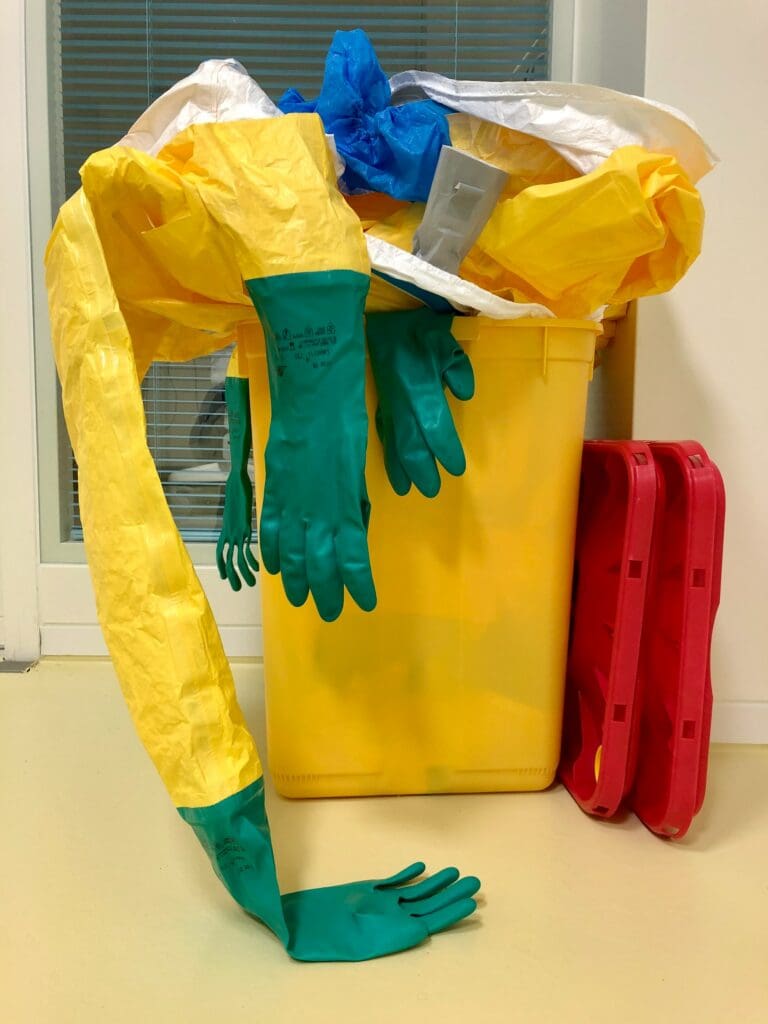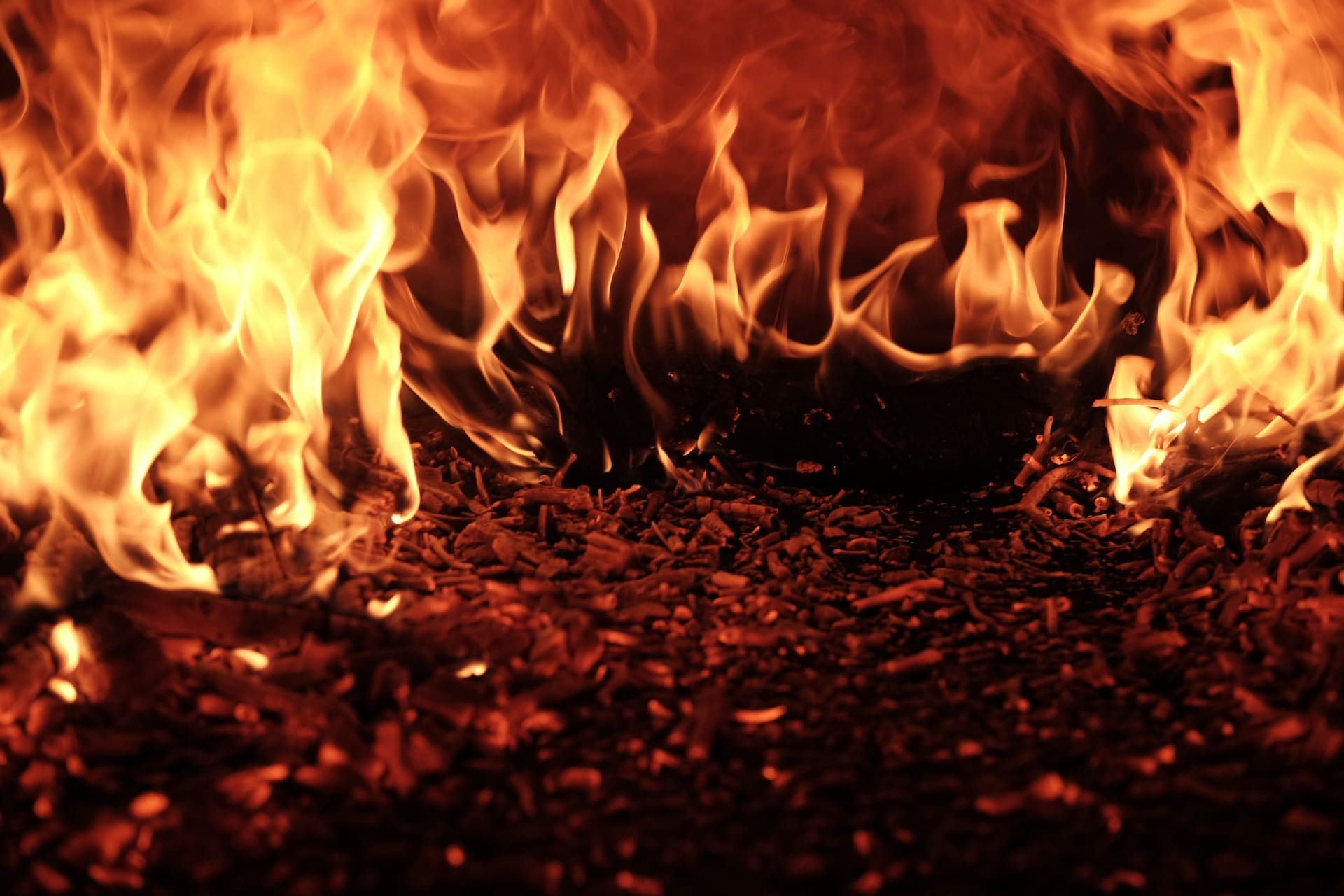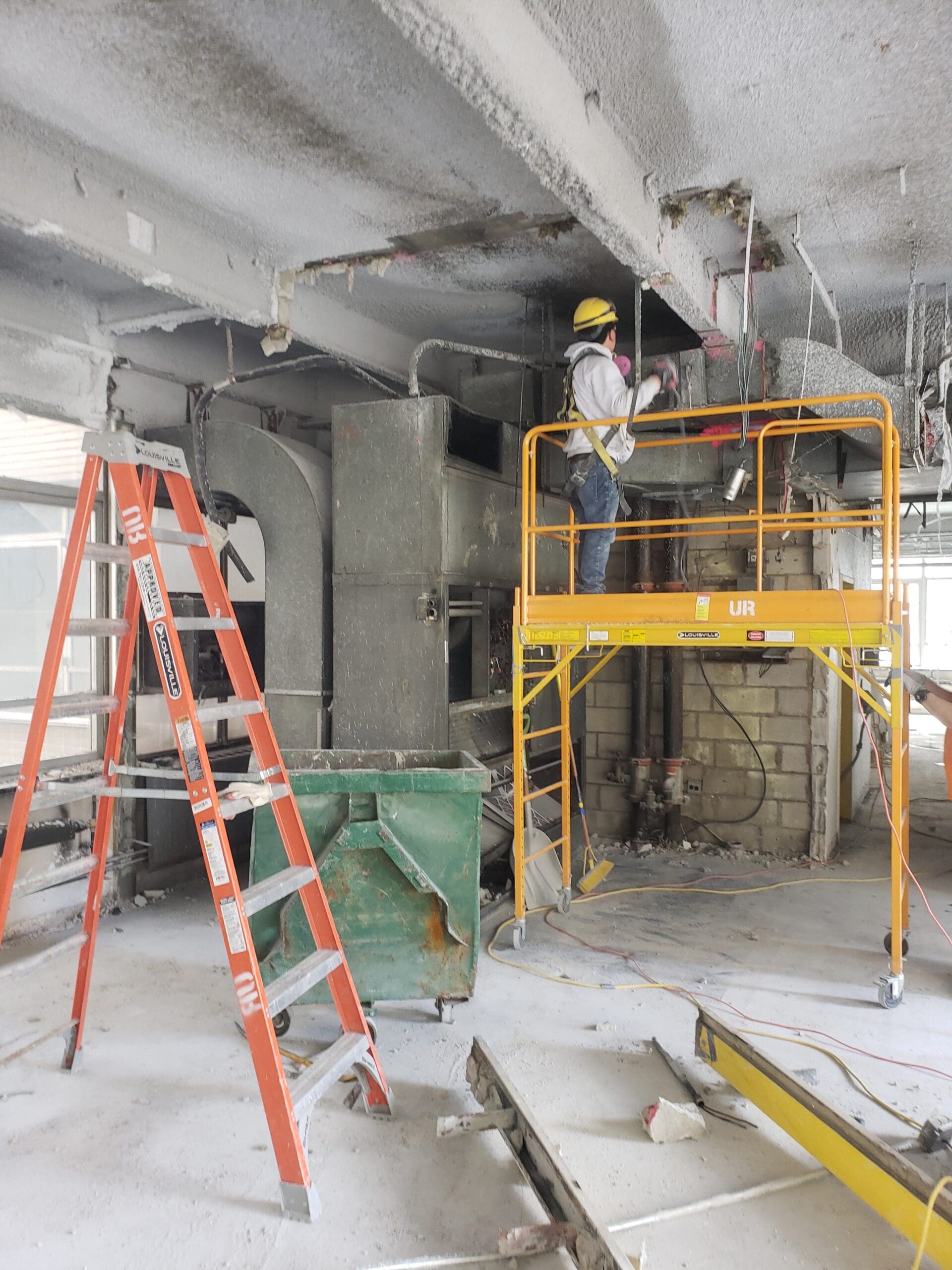When it comes to the restoration process, handling hazardous materials is of utmost importance to ensure the safety of workers, occupants, and the environment. Proper handling and disposal of these materials can prevent accidents, contamination, and health risks. Here are some essential steps to follow for the safe management of hazardous materials during the restoration process:
1. Identify and Assess Hazardous Materials
The first step is to identify and assess the hazardous materials present in the restoration site. This includes conducting a thorough inspection and survey to determine the types and quantities of hazardous materials involved. These may include asbestos, lead-based paint, mold, chemicals, and other potentially harmful substances.
2. Develop a Hazardous Materials Management Plan
Once the hazardous materials have been identified, a comprehensive management plan should be developed. This plan should outline the specific procedures, protocols, and safety measures to be followed during the restoration process. It should address issues such as containment, removal, transportation, and disposal of hazardous materials.
3. Engage Qualified Professionals
Handling hazardous materials requires expertise and specialized knowledge. It is crucial to engage qualified professionals who are trained and certified in hazardous materials management. These professionals can conduct proper testing, provide guidance on safe handling procedures, and ensure compliance with relevant regulations and guidelines.
4. Implement Proper Containment Measures
During the restoration process, it is essential to implement proper containment measures to prevent the spread of hazardous materials. This may involve sealing off contaminated areas, using protective barriers, and implementing negative air pressure systems to minimize the release of hazardous particles and gases.
5. Use Personal Protective Equipment (PPE)
Workers involved in the restoration process should always wear appropriate personal protective equipment (PPE). This may include respirators, gloves, goggles, and protective clothing. PPE helps to minimize exposure to hazardous materials and reduces the risk of inhalation, skin contact, and other potential hazards.
6. Follow Safe Removal and Disposal Practices
When removing hazardous materials from the restoration site, it is crucial to follow safe removal and disposal practices. This may involve packaging materials in leak-proof containers, labeling them appropriately, and arranging for their proper transportation and disposal by licensed waste management professionals.
7. Regular Monitoring and Testing
Throughout the restoration process, regular monitoring and testing should be conducted to ensure that hazardous materials are being effectively managed. This may include air quality testing, surface sampling, and clearance inspections to verify that hazardous materials have been properly removed and the site is safe for reoccupation.
8. Document and Communicate Procedures
Proper documentation and communication of hazardous materials handling procedures are essential. This includes maintaining records of inspections, testing results, removal processes, and disposal documentation. Clear communication with workers, occupants, and relevant stakeholders is also important to ensure everyone is aware of the potential hazards and safety measures in place.
Conclusion
By following these steps and implementing appropriate safety measures, hazardous materials can be effectively managed during the restoration process. Prioritizing safety, compliance, and environmental protection not only protects individuals involved in the restoration but also contributes to the overall success of the project.
Remember, the handling of hazardous materials should always be done in accordance with local, state, and federal regulations. If you are unsure about any aspect of hazardous materials management, consult with qualified professionals or regulatory authorities to ensure compliance and safety.




